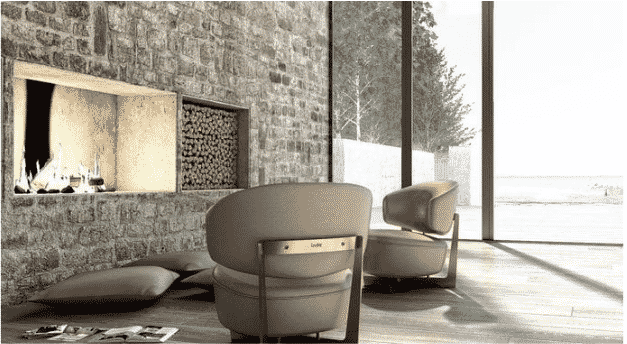Два независимых движка для рендеринга
V-Ray обеспечивает выполнение рендеринга с помощью двух независимых альтернативных движков. Один из них использует ресурсы центрального процессора (CPU), второй – графического ускорителя (GPU). Вы можете переключать используемый движок в зависимости от производительности компонентов вашего компьютера, решаемых задач и используемых ресурсов, распределяя их между поставленными задачами.

Интерактивный рендеринг и шумоподавление
V-Ray может выполнять визуализацию в реальном времени. Вы сможете оценивать результаты вашей работы сразу после внесения изменений. Добавление материалов или камер, настройка цвета приведет к регенерации изображения.
Помимо этого, при рендеринге выполняется автоматическое подавление шума, что сокращает время рендеринга вдвое.

Распределенное и точечное освещение
Качественная и натуральная картинка интерьера комнаты может быть получена за счет мощного и быстрого механизма моделирования распределенного освещения, моделирующего проникновение света через светопропускающий материал.
Не менее реалистичными получаются изображения с искусственными источниками света, широкий спектр которых уже включен во встроенную библиотеку V-ray

Широкий динамический диапазон, солнце и небо
Благодаря поддержке современной технологии расширенного динамического диапазона (HDR) вы можете получать четкие и яркие изображения, даже если они содержат детали с заметно различающейся яркостью, к примеру, темный дом на фоне заходящего солнца. Реалистичность картинки повышают адаптивные технологии моделирования солнечного света и света, рассеянного атмосферой. Благодаря реалистичным атмосферным эффектам смоделированное изображение зачастую невозможно отличить от натурального

Реальные камеры и виртуальная реальность
С V-ray вы можете почувствовать себя фотографом, управляя типичными для настоящих фотокамер параметрами, такими как выдержка, диафрагма, баланс белого. Полученный таким образом контент особенно популярен у поклонников устройств с поддержкой виртуальной и дополненной реальности и используется разработчиками подобных систем во всем мире.

Библиотека материалов
Библиотека материалов V-Ray содержит свыше 500 различных текстур. Закрепление текстуры за объектом выполняется с помощью простого перетаскивания мышкой на объект. Это позволяет экспериментировать с материалами, не думая о затраченном времени. Высококачественные реалистичные текстуры позволяют создавать объекты, неотличимые от реального мира. На основе существующих материалов Вы можете создавать абсолютно новые, уникальные текстуры.

Не ограничивайтесь рендерингом
Представляем совершенно новые инструменты, которые позволяют точно настраивать и завершать рендеринг без дополнительного приложения. Композитные слои рендеринга, коррекция цвета и мгновенная настройка освещения в новом V-Ray Frame Buffer.

Поднимите свои дизайны на новый уровень
Выбирайте из коллекции интеллектуальных активов, включая высококачественные модели растений, людей, транспортных средств и мебели, и придайте своему проекту реальный контекст. Совершенно новый браузер ресурсов Chaos® Cosmos позволяет легко размещать готовый к рендерингу 3D-контент прямо в сцену Rhino.

Полная интеграция с Grasshopper
Визуализируйте свои параметрические проекты на лету. V-Ray для Grasshopper поставляется с V-Ray для Rhino и включает набор узлов для поддержки геометрии, освещения, материалов, рендеринга и анимации V-Ray.

Делитесь визуализацией проектов в режиме реального времени
Теперь вы можете визуализировать любой проект в режиме реального времени во время проектирования. Вы также можете упаковать свой результат V-Ray Vision, чтобы другие могли увидеть его так же, как вы сделали это в Rhino










